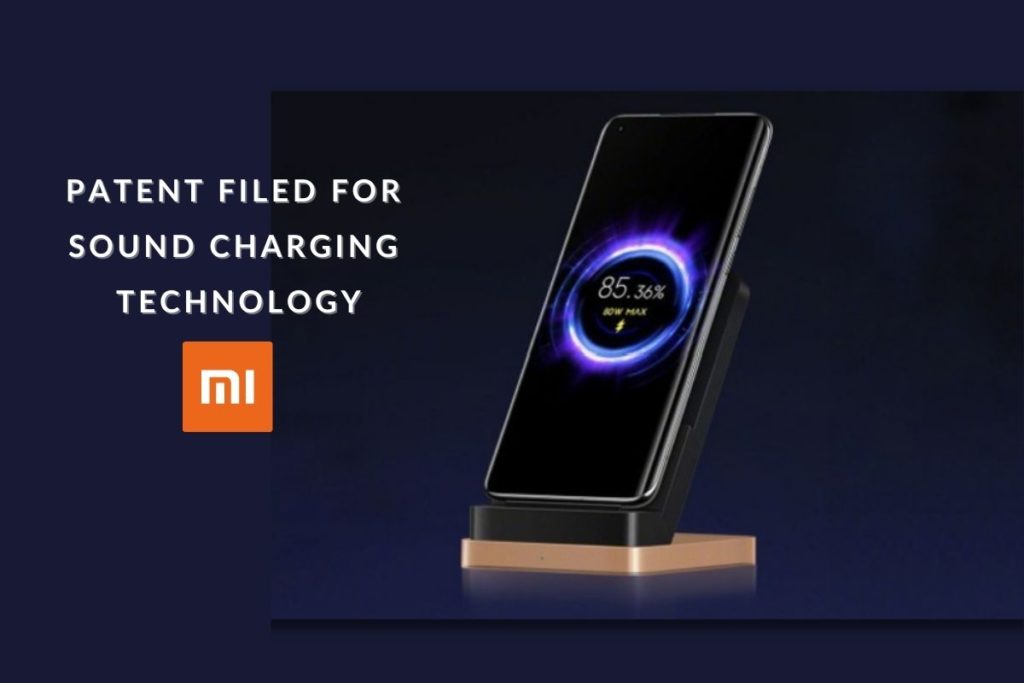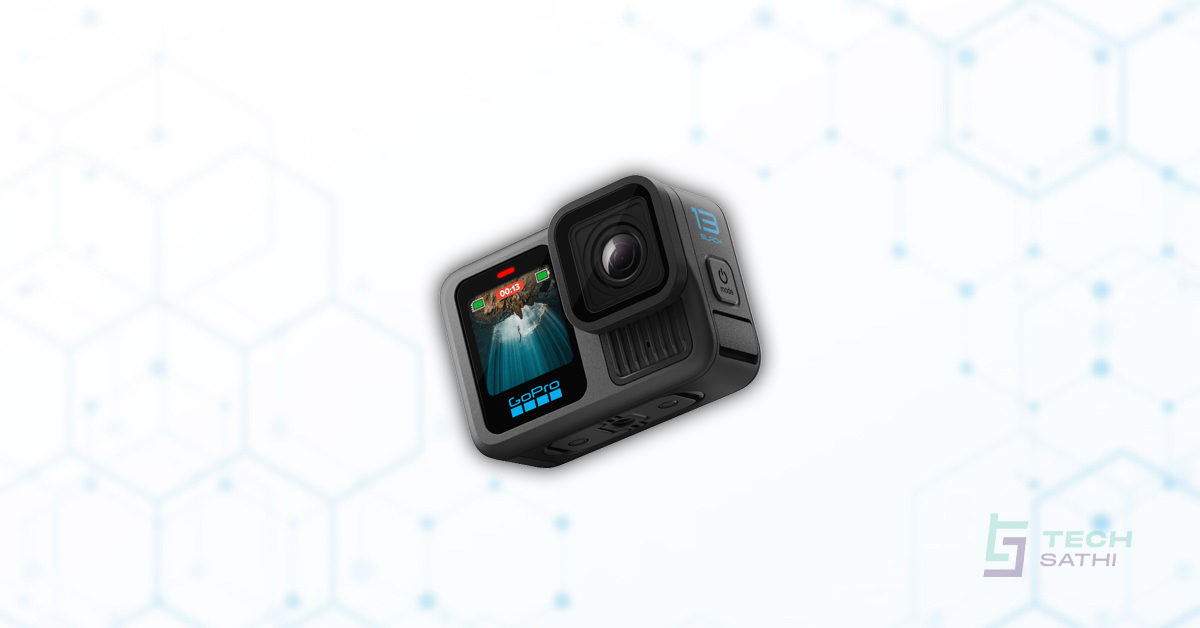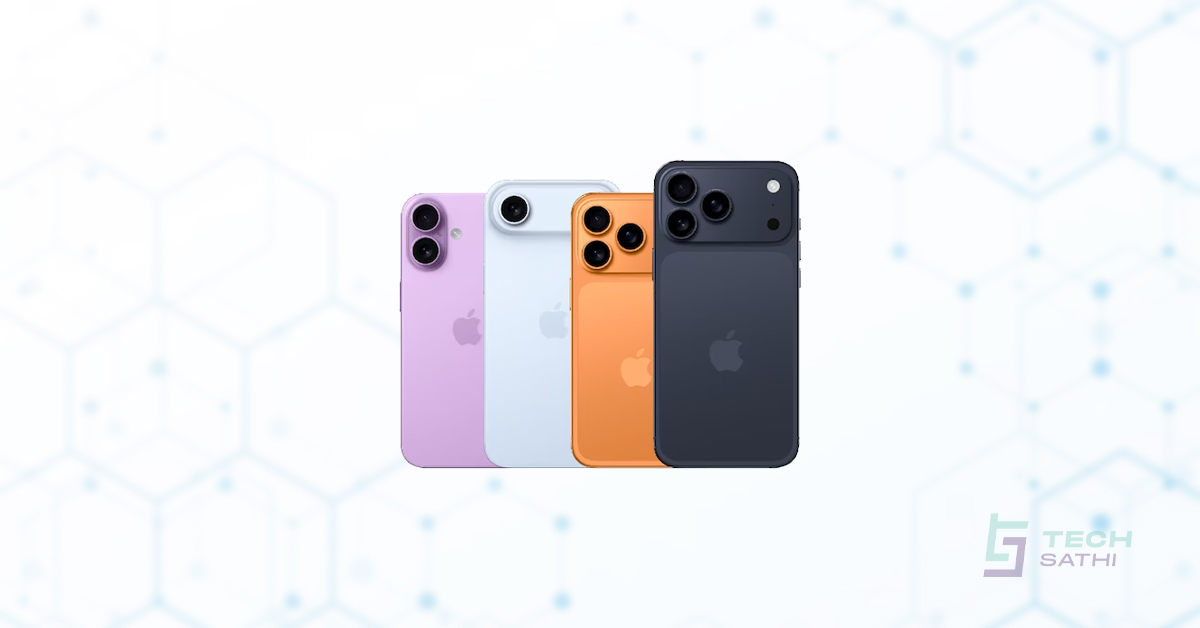Chinese smartphone manufacturer Xiaomi has officially filed a patent for a technology which is built to charge smartphones through sound. Xiaomi, the initiator of charging smartphones through the air has once again filed a patent on China National Intellectual Property Administration (CNIPA) with a detailed workaround of sound charging technology. The company proposed a device that transforms ambient sounds into electric current using piezoelectric technology. After the energy is collected, the patent indicates that it will be converted into DC power. Then, it can be used to charge smartphones or other devices.
How does Sound Charging Technology work?
The sound charging device will be placed at different points in the living environment, where noise is usually the highest. For example, in a living room or in an office. In this manner, the device will pick up the low-frequency noise in a room and convert it into electrical energy to be stored by an energy storage apparatus that is set up by an electronic device placed nearby. This way it will produce enough power needed to charge smartphones and other small devices.
The technology to charge smartphones through sound is expected to be a game-changer.
The sound charging device is mostly cylindrical in shape, with a metal casing, an air inlet on one end, and a rubber stopper on the other. The interior of the device has an oscillator that produces energy by transforming and accumulating sonic waves into electrical energy. If there is an opening on the rubber stopper, sound can be transferred into the interior of the device. Then, it can be transformed into energy for charging smartphones or other devices. The core component of the sound charging device is a piezoelectric element. It can convert the vibration energy from sound into electrical energy. The sound charging device includes a collecting unit, a converting unit, and a transmission unit which work simultaneously to produce electrical energy and can charge devices without the need of a power socket.
The tech might take years to become commercially viable. However, it will be an easy, silent, and convenient source of energy to power smartphones and other devices. Upon its success, the technology will be a game-changer for smart home products as well as high-tech gadgets.






